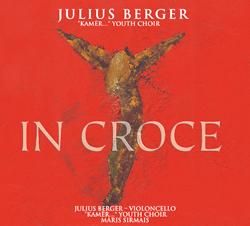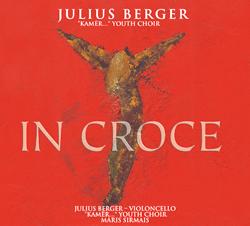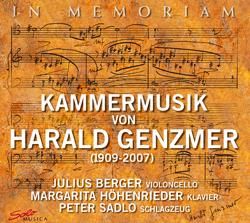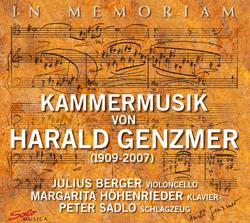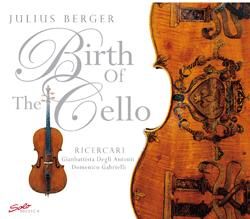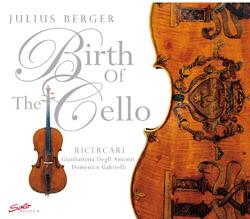Berger/Pushkarev/Beliaev: Bach Frequencies 60-90
What a title? What can the two numbers 60 – 90 mean?
The reference to numbers plays a fundamental role in Bach’s work. Johann Sebastian Bach build an incredible incredible structure and communication into his works on the foundation of numbers, in the spirit of Soli Deo Gloria – Glory to God alone.
All the works on this album are by Johann Sebastian Bach, or have a direct link to him. For example, he arranged the oboe concerto by Alessandro Marcello for solo keyboard, and we use Bach’s ornaments in our performance of it. Piazzolla and Shostakovich make reference to The Well-Tempered Clavier. The main work presented here is Bach’s Concerto in D minor BWV 1052, which he transcribed for his own use as a harpsichord concerto. The original version no longer exists, but was for a string instrument: violin or violoncello piccolo, an instrument Bach used in his cantatas. Julius Berger and Andrei Pushkarev have made an arrangement of this piece for violoncello piccolo, a cello tuned a fifth higher. The orchestral part is played by vibraphone and marimba. The transfer to other instruments corresponds to the practice of Bach himself. A special feature of our recording is the continuous peaceful pulsation of about 60 beats per minute, a rhythm that calms and brings introspection The instrumentation used here reflects our deeper objective: vibraphone and marimba giving the heartbeat, to which the cello crafts a life-melody – keeping the spirit of the works performed but in a modern interpretation. The close relationship between rhythm in the music and human pulse creates an atmosphere in this recording that we believe and hope corresponds to what Bach noted in his Lutheran Bible: ‘Where there is devotional music, God with his grace is always present.’ (Bey einer andächtigen Musique ist allezeit Gott mit seiner Gnaden Gegenwart).
For more than 40 years, it has been impossible to imagine musical life without the Augsburg-born cellist Julius Berger. He is a wonderful interpreter, whom the well-known music critic
Wolf-Eberhard von Lewinski called a ‘prophet of the cello’, after hearing Berger’s second recording of the Bach cello suites. His most recent recording won the prized ‘Supersonic Award’. Andrei Pushkarev (vibraphone) is a permanent member of the Kremerata Baltica Chamber Orchestra in addition to his solo activities. To this day, he has the status of a recognised soloist as well as a principal percussionist of this ensemble. The world-famous violinist Gidon Kremer founded the orchestra in 1997, and since 1999 Andrei has toured the world with Kremerata Baltica, taking part in countless concerts. Pavel Beliaev (marimba) is a freelance musician. In addition to playing as a soloist, he is particularly passionate about playing in chamber music formations. He also plays very often together with the Kremerata Baltica on numerous tours.
Release: 09.04.2021
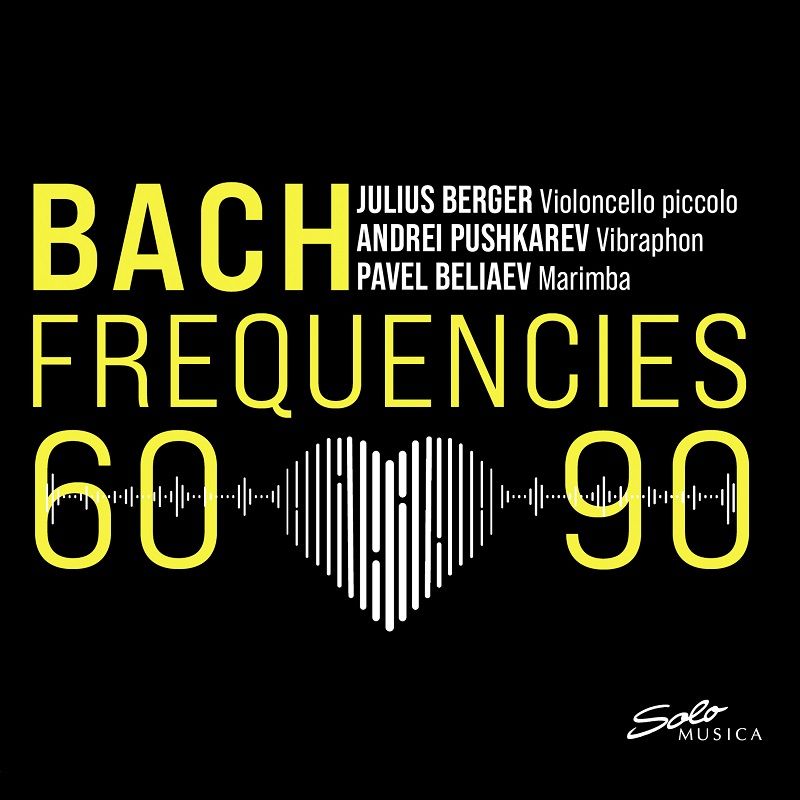

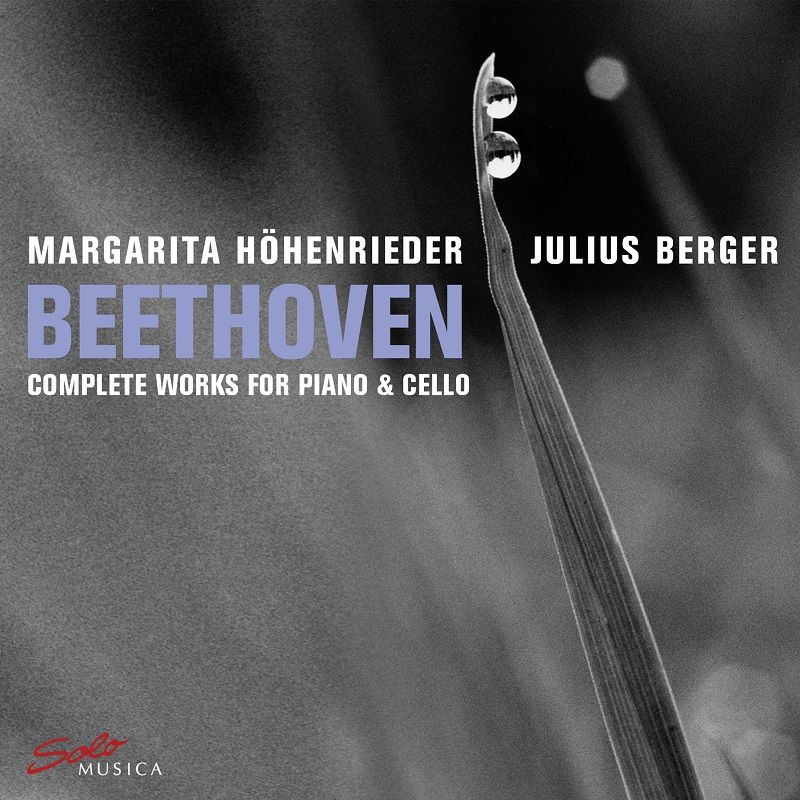
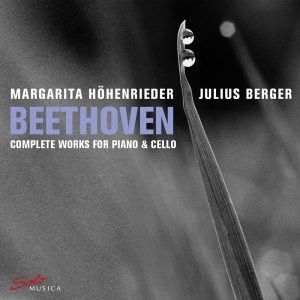 Artists:
Artists: 
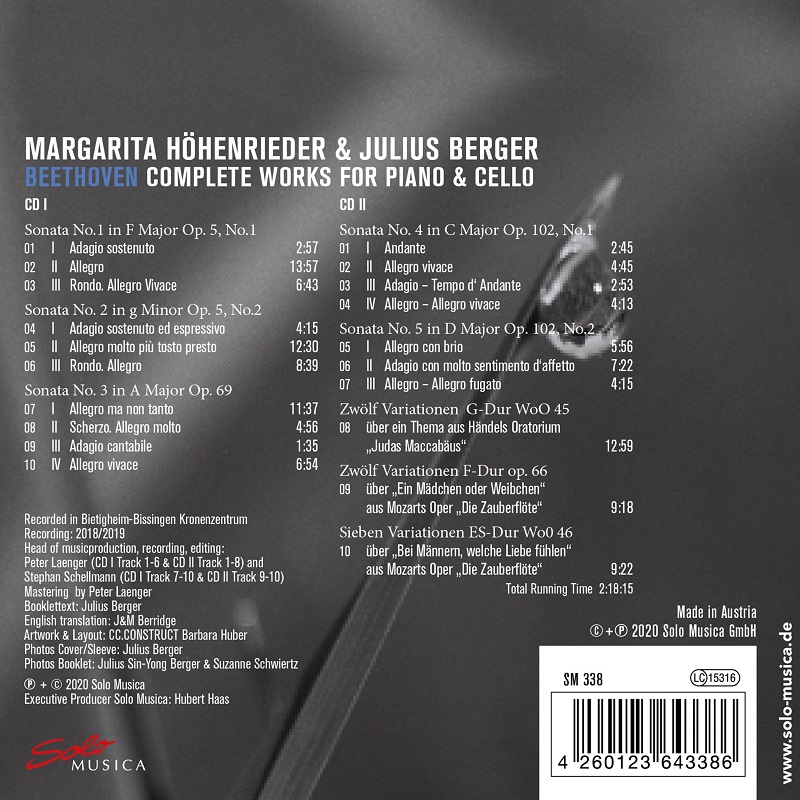
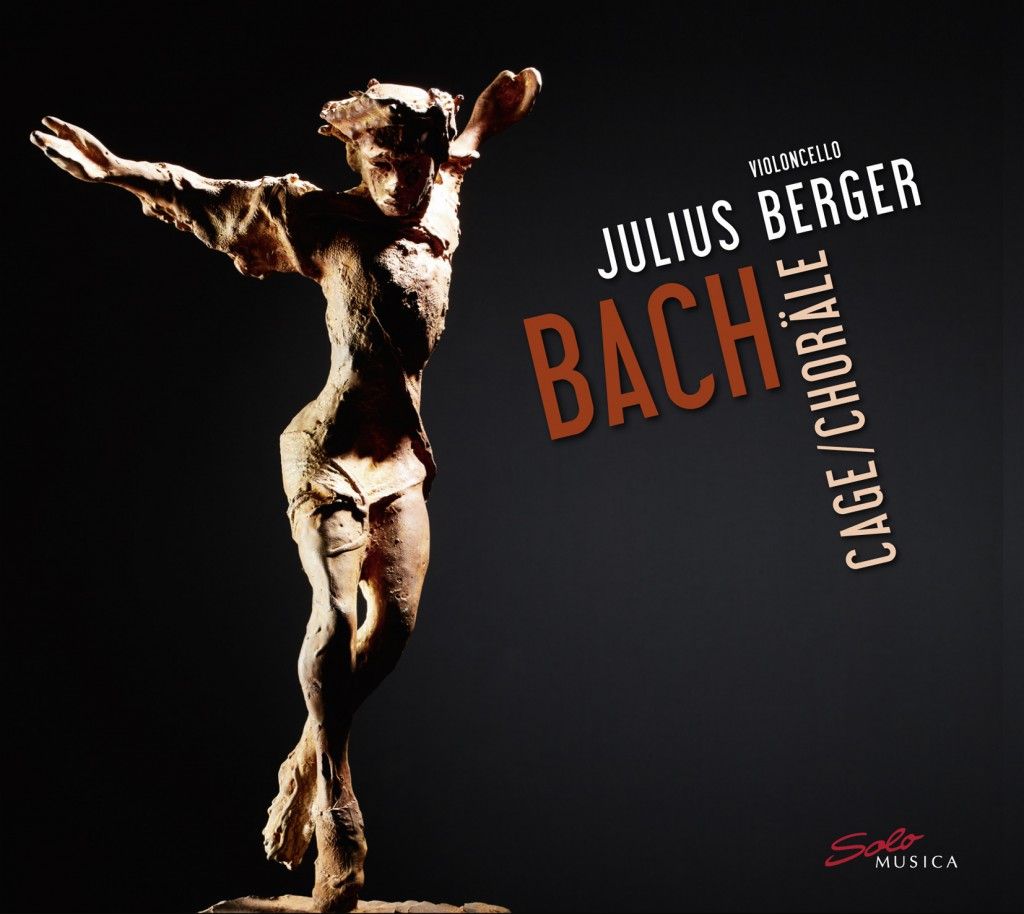
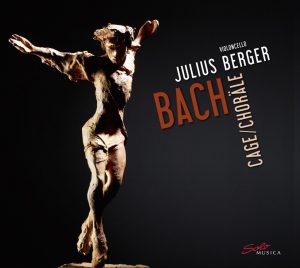


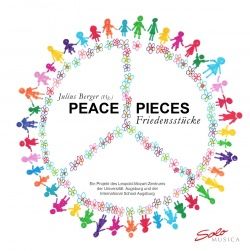
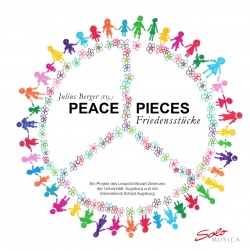 Künstler:
Künstler: 
